Answered step by step
Verified Expert Solution
Question
1 Approved Answer
Skip the following Questions: Sailing Analogy - Questions 1.8 & 1.9 Dot Products in Mechanics - Question 1.10 (1, 2, 3) PLEASE HELP ANSWER THE
Skip the following Questions:
- "Sailing Analogy" - Questions 1.8 & 1.9
- "Dot Products in Mechanics" - Question 1.10 (1, 2, 3)
PLEASE HELP ANSWER THE FOLLOWING (COMPREHENSIVELY) AND SKIP THE QUESTIONS MENTIONED ABOVE. DOING THEM WILL HELP ME THOUGH
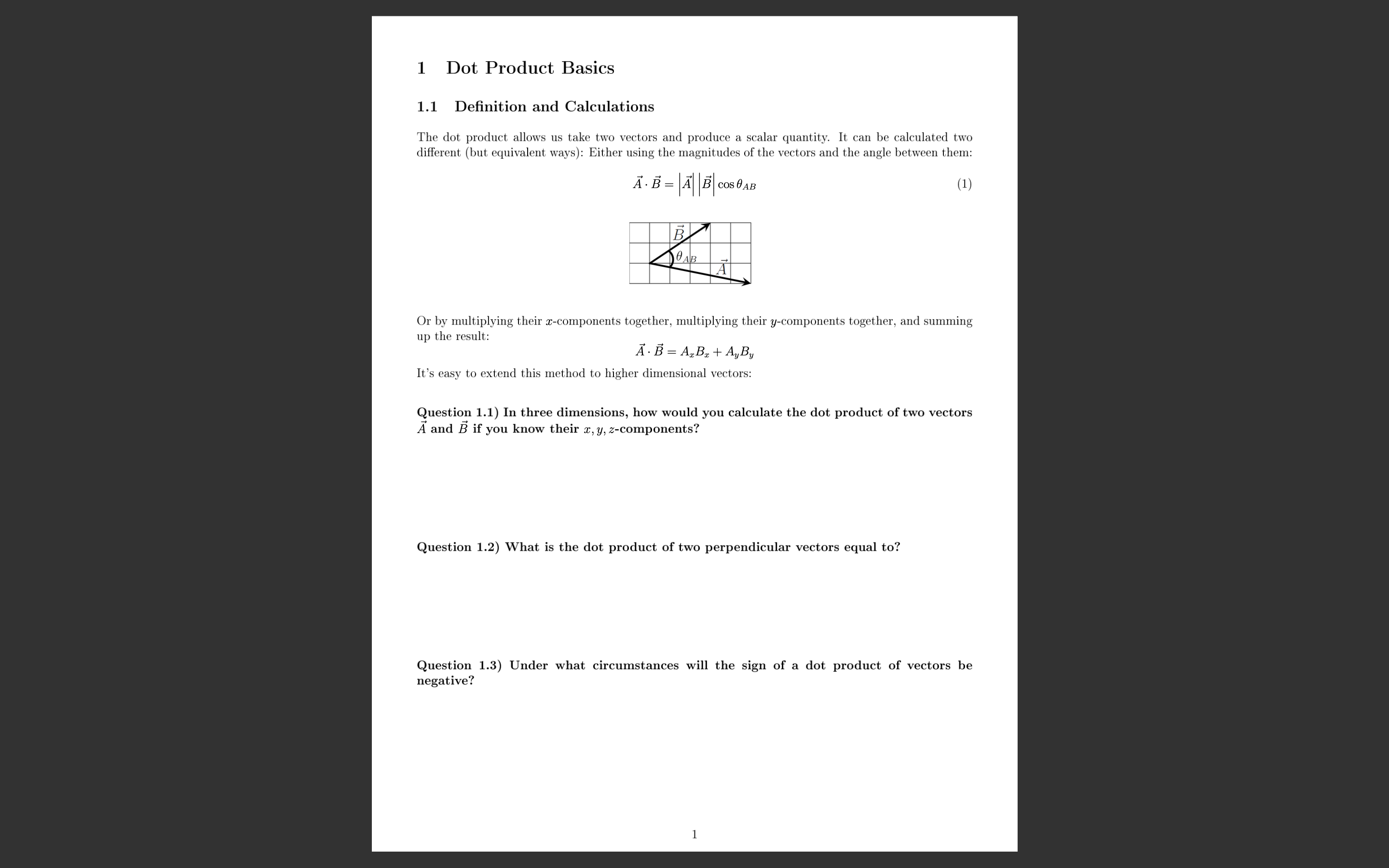
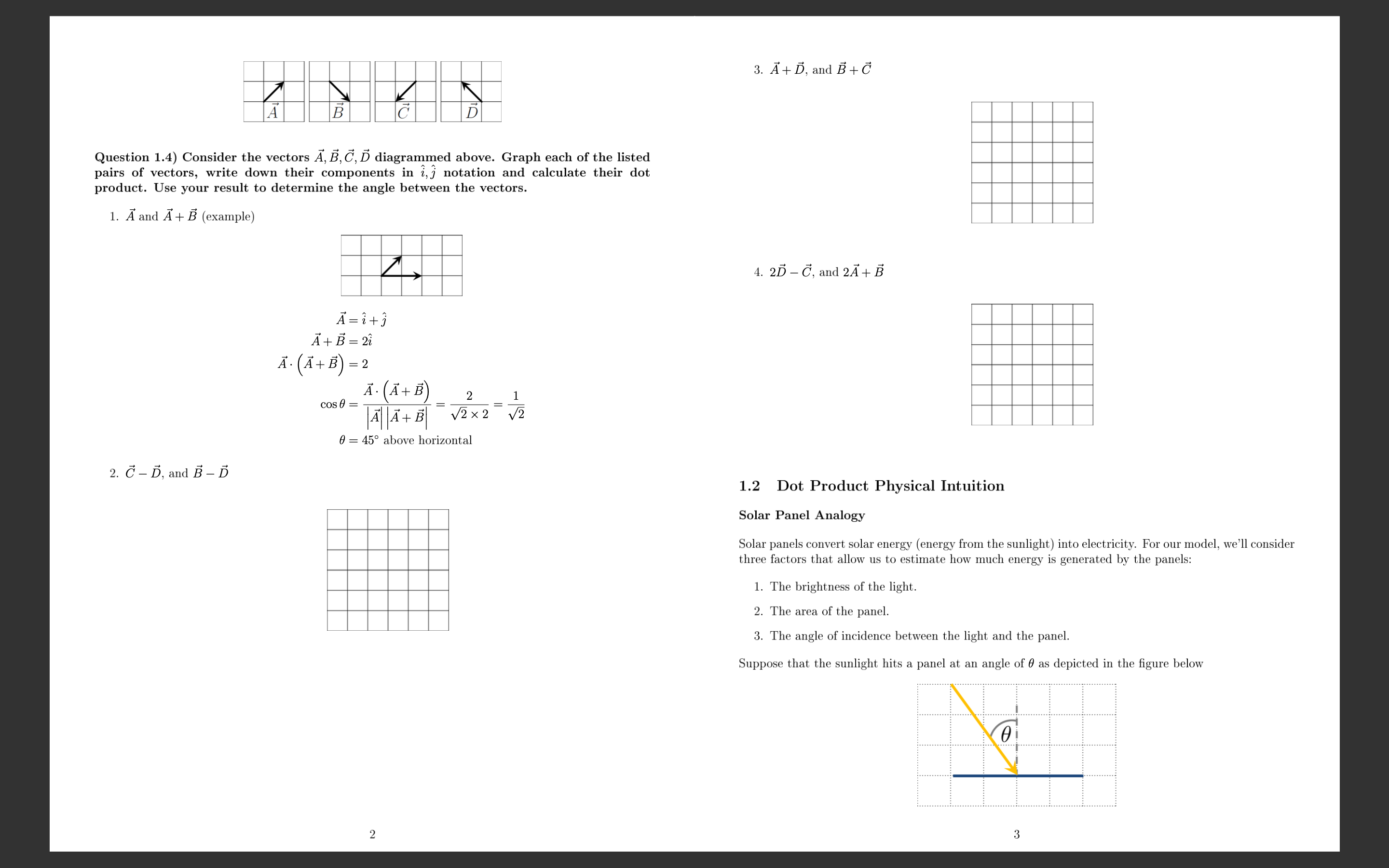
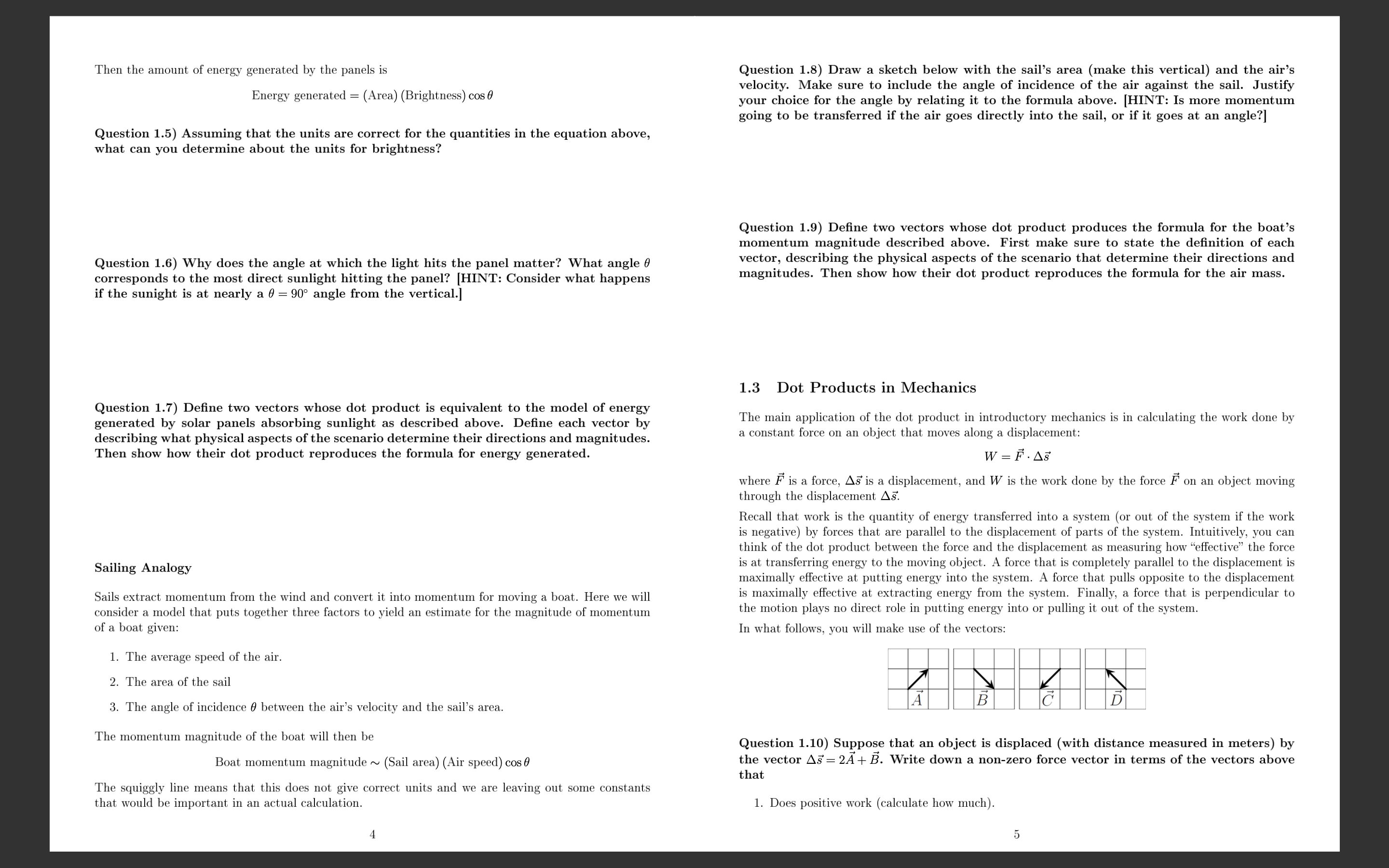
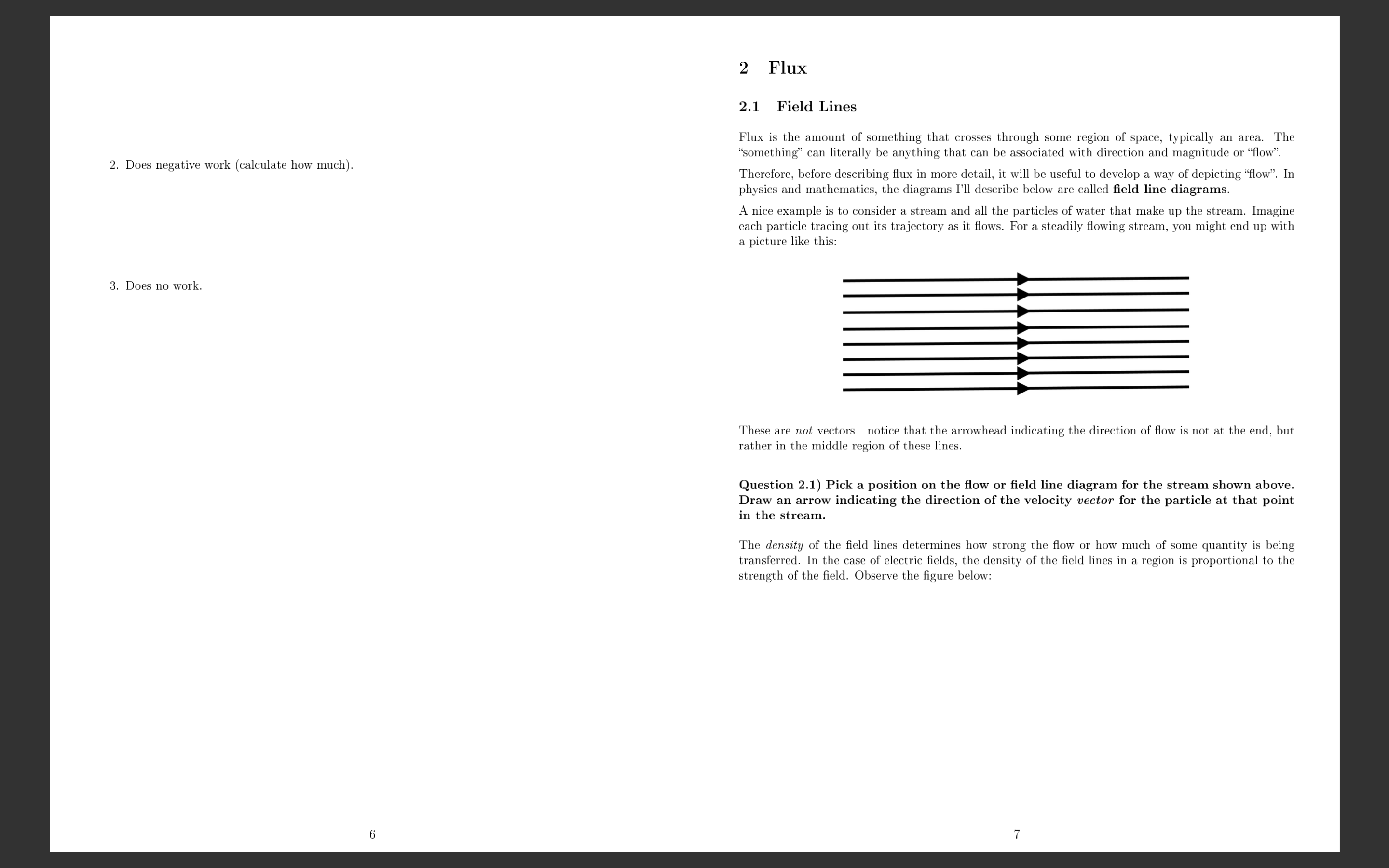
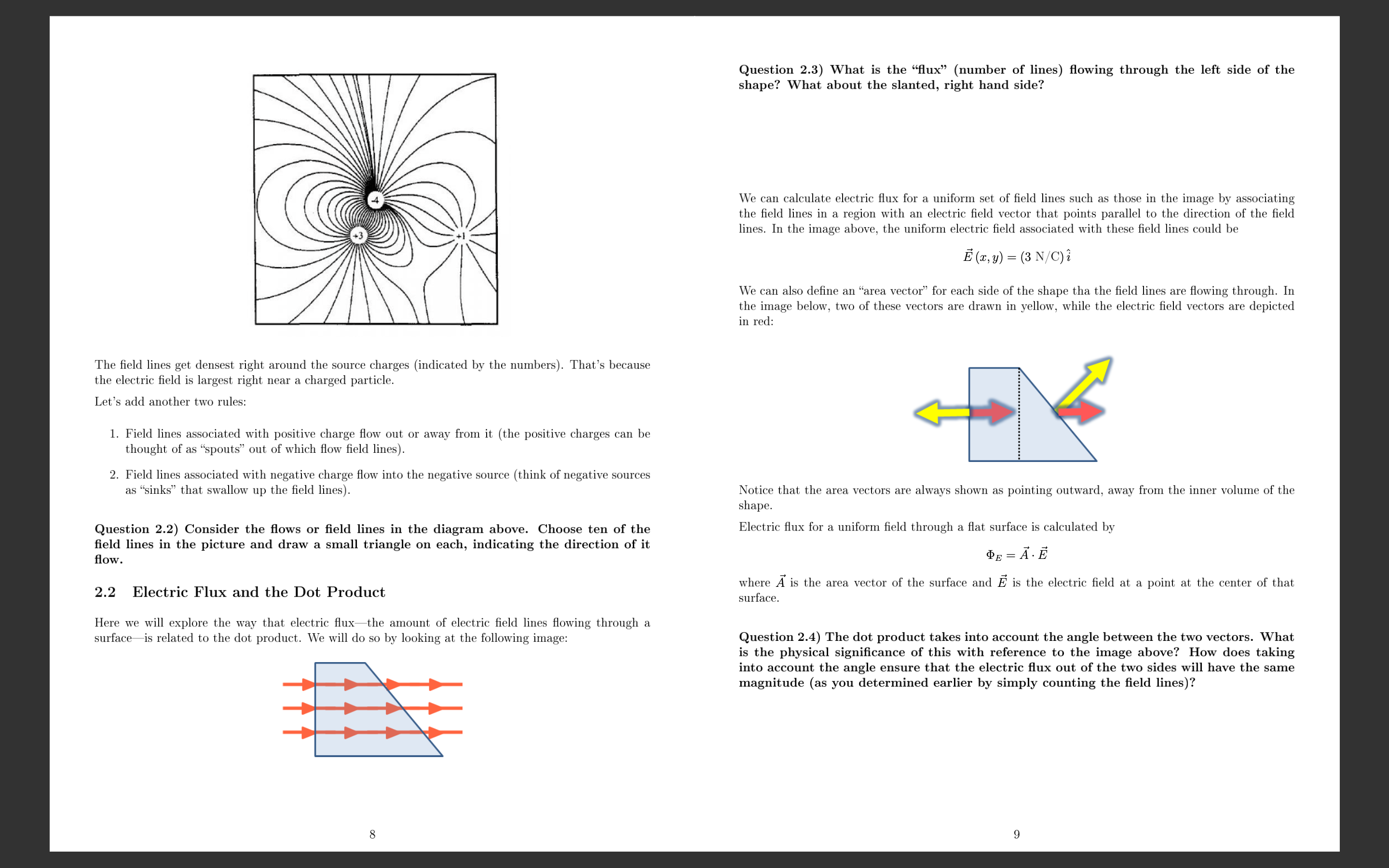
Step by Step Solution
There are 3 Steps involved in it
Step: 1

Get Instant Access to Expert-Tailored Solutions
See step-by-step solutions with expert insights and AI powered tools for academic success
Step: 2

Step: 3

Ace Your Homework with AI
Get the answers you need in no time with our AI-driven, step-by-step assistance
Get Started


